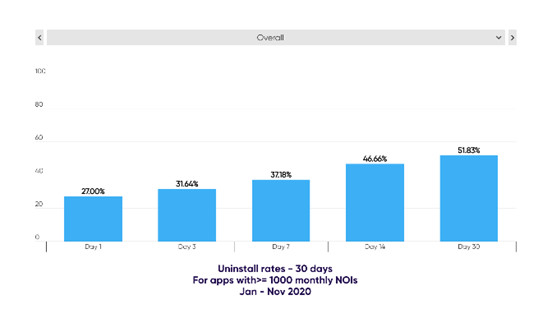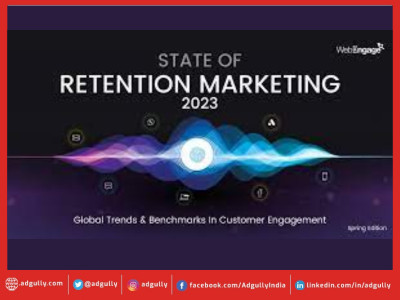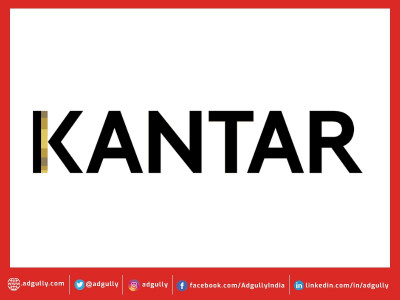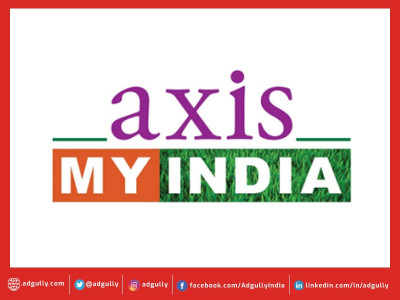Semi-urban areas fuelling growth of India’s app economy: AppsFlyer
AppsFlyer, the global leader in mobile attribution and marketing analytics, has launched the State of App Marketing in India 2021 report, which underlined the growing popularity of domestic apps as they continued to climb up the ladder in India’s app race. The report’s findings showed an increase in India’s app installs with 38.5 per cent of market share, beating China and the US in 2020.
Since Indians along with the rest of the world spent most of their time at home during the pandemic, the dependency on apps increased substantially. The report shares key findings on increased user consumption in various app categories, offers an in-depth perspective and study of pan-India regional insights, developments in user acquisition, remarketing insights, and the effect of mobile fraud on marketing budgets.
The study analysed 7.3 billion installs that were recorded in India from January 1 to November 30, 2020, including 4,519 apps covering Entertainment, Finance, Shopping, Gaming, Travel, News, Food & Drink, and Utility verticals. The data sample also includes 933 billion app opens and 3.0 billion remarketing conversions.
Demand from semi-urban areas fires up India’s app consumption:
- The overall mobile usage increased, and semi-urban areas emerged as the hub for mobile usage giving rise to an ideal opportunity to reach younger digital consumers.
- States with predominantly semi-urban areas emerged as the new sweet spots for mobile usage.
- Uttar Pradesh, which is India’s most populated state, led the market in non-organic installs (NOI) at 12.10 per cent, leaving behind Maharashtra at 11.49 per cent due to the impact of lockdown.
- Owing to the availability of cheaper mobile data and handsets, the Tier 2, 3, and 4 cities saw a rise in mobile usage in Gaming, Finance, and Entertainment.
- Additionally, various apps in different verticals were launched targeting lower-tier cities that boosted mobile usage in Tier 2 and 3 cities.
In the hyper-competitive app space fuelled by the growing choice of apps, keeping mobile users engaged with an app or app retention was a major challenge for marketers. Owing to the Government lockdown’s financial implication, app marketers have had to slash their budgets, resulting in lower overall spending, which led to a 12 per cent decrease in app retention rates. The lower retention rate encouraged marketers to change their strategies towards remarketing.
Sanjay Trisal, Country Manager, AppsFlyer India, commented, “The State of App Marketing report is the source of truth for apps to drive marketing success in 2021 and beyond. While Chinese apps have slipped in terms of overall market share (29%), Indian apps leveraged this opportunity by dominating the install volume (40%) in the country. Foreign apps from Israel, the United States, Russia, and Germany made further inroads into this rapidly growing market and are in line to challenge China. Closer to home, it is encouraging to see Tier 2 and 3 markets provide tough competition to the metros when it comes to gaming, entertainment, and fintech. Regional content is a key byproduct of this trend, and it will be the next big pivot for app marketers.”
Key user acquisition insights:
- Entertainment vertical enjoyed the fastest time to first purchase, often converting the user within the first 10 minutes.
- Shopping events and promotions made for a significant rise in in-app purchases, and relaxed COVID-19 restrictions helped support the spike as well.
- Overall, 50 per cent of all app uninstalls happen within the day of installation. Uninstall rates increased as compared to last year – this insight paves the way for marketers to launch their remarketing campaigns.
Remarketing insights: Owing to the above scenario and retention rates dipping, sectors like gaming, travel, and fintech that were most hit had to invest heavily into remarketing to incentivise their existing user base. These remarketing tactics proved to be highly effective and in twelve weeks the retention rate went up to 85 percent as compared to the sectors that did not invest in it. Therefore, app marketers need to analyse the marketing ROI and invest in remarketing campaigns that are providing better returns.
Mobile ad fraud insights: While the report found that spend and reduced marketing budgets led to lower fraud rates across all apps, improved preventive measures also contributed to the decline in mobile frauds. Fraud will remain a serious issue and will come back in 2021 as soon as the marketing budgets recover. Travel, entertainment, and finance were the most affected verticals and will remain most vulnerable to fraud. Apart from being exposed to bot fraud, which is the most dominant fraud type, app marketers need to watch out for click flooding and install hijacking.
Key recommendations for 2021:
- Brands should look at measuring the incremental lift from remarketing campaigns to better understand their ROI and optimisation of remarketing budgets.
- Regional content plays a significant and growing role for marketers to acquire and retain users.
- Marketers should seek fraud protection solutions to mitigate this perennial risk.
- Maintaining a healthy mix of SRN, affiliates, agencies, and owned media is critical for marketers.
Remarketing campaigns, referrals and rewards will play a crucial role to re-engage and acquire new users.























Share
Facebook
YouTube
Tweet
Twitter
LinkedIn